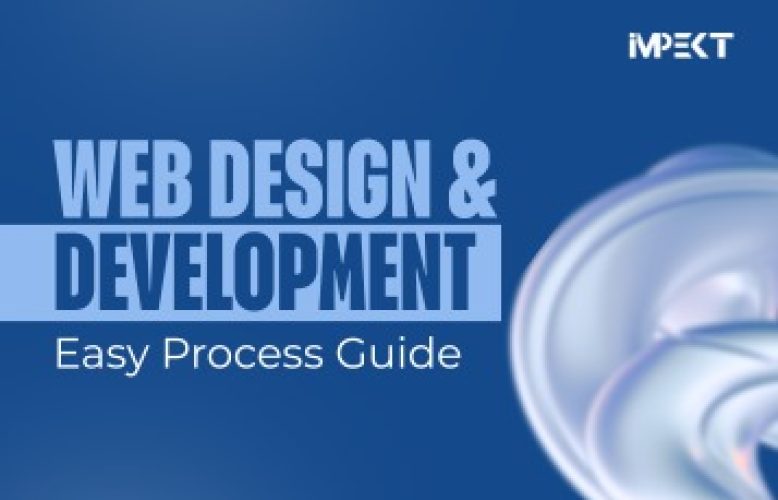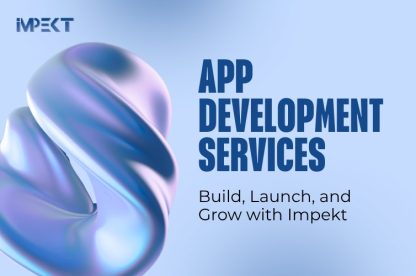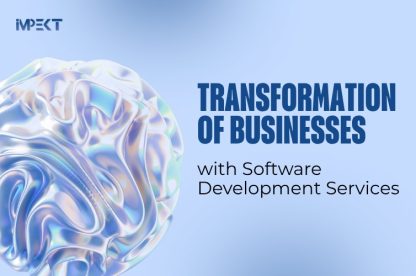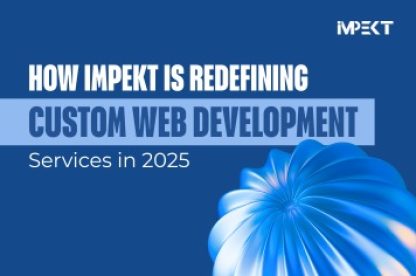Web design and development are interesting yet time-consuming and complicated processes. Users only see the front face of the website and evaluate it based on their experience. Whereas a website for stakeholders or clients is a goal-achieving tool. However, the designers and developers are responsible for making the site both a revenue generator and user-friendly.
Web design and development
Let’s discuss this interesting process with interesting scenarios in detail. Here is a breakdown:
- Web Design
- Bridge phase
- Web Development
Web design
Web design is a multi-step process of designing web pages and sometimes other elements, too. The basic steps include sitemapping, wireframing, and designing.
The designers usually fulfill these tasks: set visual layout, choose and apply a color scheme, add typography, and develop a user-friendly interface.
Process
Web design is an interesting yet complex process that requires attention, research, and an aesthetic taste. It is divided into steps and substeps to ease the learning process.
UX research & strategy
In this pre-execution stage, designers gather information regarding goals, technical needs, and resources required to design the web. They also strategize the process before execution.
Following is the detail of these processes:
- Define goals: Different websites need different layouts and themes. Professionals decide these essentials according to the type of website.
- Conduct a survey: Designers interact with people, including their possible users. They acquire their needs, preferences, and expectations. It helps them to design a purposeful website for the audience.
- Competitor analysis: It’s great to examine similar websites before making yours. It clears your concept and organizes your thoughts. Moreover, you can scan any drawback or shortcoming and skip it in your version.
- Prerequisite: This step is to evaluate the technical needs of the project, such as
Sitemapping & Wireframing
It’s a first step to execute the research-backed theory. Sitemaps and wireframes are built, and web elements are added.
- Prepare a sitemap: Webpages and sections are arranged in a way to make a clear and organized web structure.
- Build wireframes: Pages and sections are allocated according to the content and functions. The purpose is to guide the viewer about the upcoming placements of the elements.
- Organize elements: Aside from the wireframes, the assets and other elements like images, text, graphs, etc, are arranged and organized.
Design and prototyping
That’s the stage at which designers actually use their skills: creativity and aesthetics. Design and animation are used through these steps.
- Develop Mockups: Wireframes are developed into mockups by adding texts, images, and colors according to the brand theme.
- Prototyping: In this, the pages, sections, and buttons are interconnected and made clickable and functional.
- Visual design: At this step, visual designs are ready to send to the clients. They review them and finalize their decision. The approval is essential before moving to the next steps.
There are basically two goals in a web design process: Visual appearance and user interaction. A visually appealing and user-friendly web design is the ultimate goal of every web designer.
Tools
To design a website, professionals use different tools according to the goal and choice. The following are some of the examples:
- Figma: It is a website tool used for prototyping, wireframing, and design.
- Adobe XD: An application-based tool that is suitable for wireframing and prototyping.
- Sketch: Instead of windows, Mac users use this for their projects. It allows UI design.
- Balsamiq: It is best for UX, wireframing, and mockups. Its website version as well as app version are available.
- InVision: It is a web and app-based software, useful for prototyping.
Bridge phase
This step is not essentially included in the web design or development process. But it is essential in another way, as without this, the website is of no use. This step is content creation.
Content creation
At this point, content is created specifically for that website. Here, web content writers and SEO experts, along with designers, come and provide their services.
- Content writers craft headlines, body copy, and CTA’s.
- Designers create graphics and finalize the formats for images and videos.
- SEO specialists apply optimization practices to rank the website in search engines and increase their reach.
Web development
Web development is a process of building the website from its design and maintaining it live. In other words, it is a decoding of the design. Mainly, it has two steps, but it is more complex than web design.
Process
It covers the process from coding on design to maintaining it live. Mainly, a web developer does these tasks: coding, integration, configuration, testing, and monitoring. The following are the steps and substeps of the process.
Development
It is a basic and actual process where web design is developed into a website. At this stage, the content becomes functional and usable by the audience. A full-stack web development includes the following phases.
- Front-end development: At this stage, the user-interaction part of the website is developed. Experts perform coding to construct the front-end of the website using coding languages. HTML, CSS, and JavaScript are common languages.
- Back-end development: The back-end of the website is the part that users don’t interact with. It has a control system that supports the front-end of the website. The server, API, and database are the parts of the control system. The function of this part is to store data, run the website, and make it functional.
- Support system: Till this point, the website structure is completed, but it is still not available to the users. Once the system to support the website online is developed and arranged, it will go live. The support system includes hosting space and a content management system.
Testing and deployment
It’s not essentially part of the web development process, but technically it is required. It ensures the web launch and the subsequent process remain smooth and free of hurdles.
- Quality Assurance (QA): The QA process defines the examination of the website for safety, functionality, and interoperability with browsers. Developers search for bugs, test its functions, and run it on different browsers to confirm the overall quality.
- Performance testing: Site loading time and speed of other functions are necessary for it to be user-friendly. This time, the site is run on multiple browsers to evaluate the time and speed under different circumstances.
- User Acceptance Testing (UAT): At this point, the website is tested by the client and users. They review it with their own perspective. The client analyzes it as if it is competent to achieve the goals. Whereas the user focuses on its user-friendly features.
- Launch: Once all issues are resolved, the production server launches the website. The website has been published and is available for the users, and to achieve the business goals.
Maintenance and updates
The web development process also demands ongoing care and maintenance. The following are the ways to keep the site maintained, optimized, and secure.
- Performance monitoring: Site performance is monitored by the analysis of web traffic, user behavior, and its metrics. Analytics tools are used to track these factors.
- Content updates: Its purpose is to keep the web active and high on search engines. For this, web content like images and text is regularly updated, such as publishing blogs or adding product images on a daily basis.
- Security maintenance: Bugs and hacking processes are evolving with time. It is necessary to keep the website updated regularly, so the system stays fresh and strong.
The main objective of a web developer is to build a user-friendly as well as business-focused website.
Tools
There are different tools to assist the developers in the website building process. These are:
- Sublime Text: This is a fast and lightweight coding tool. It offers multiple sections in order to organize the code.
- Bootstrap: This fast, front-end tool offers pre-built sections for responsive website development with customization features.
- Visual Studio Code: VS Code is a versatile tool for web development. Developers use it for coding and debugging.
- Node.js: It is perfect for backend development and offers its services for API and server.
- WebStorm: WebStorm, with its versatile features, is used for integration, debugging, and testing.
Businesses and brands usually hire a web development agency for the entire process. In case the site requires just one service, they hire separate professionals, such as developers or designers. Knowing the process of web design and development helps one select the better option.
FAQ’s
Q1. What is web design?
Web design is a multi-step process of designing web pages and sometimes their icons. The basic steps include sitemapping, wireframing, and designing.
Q2. What is web development?
Web development is a process of building the website from a web design structure and maintaining it live. In other words, it is a decoding of the design.
Q3. Tools for web design and development?
For web design:
Figma, Adobe XD, Sketch, Balsamiq, and InVision
For web development:
Sublime Text, Bootstrap, WebStorm, Visual Studio Code, and Node.js
Q4. Main steps for web design?
- UX research & strategy
- Sitemapping & Wireframing
- Design and prototyping
Q5. Main steps of web development?
- Development
- Testing and deployment
- Maintenance and updates







